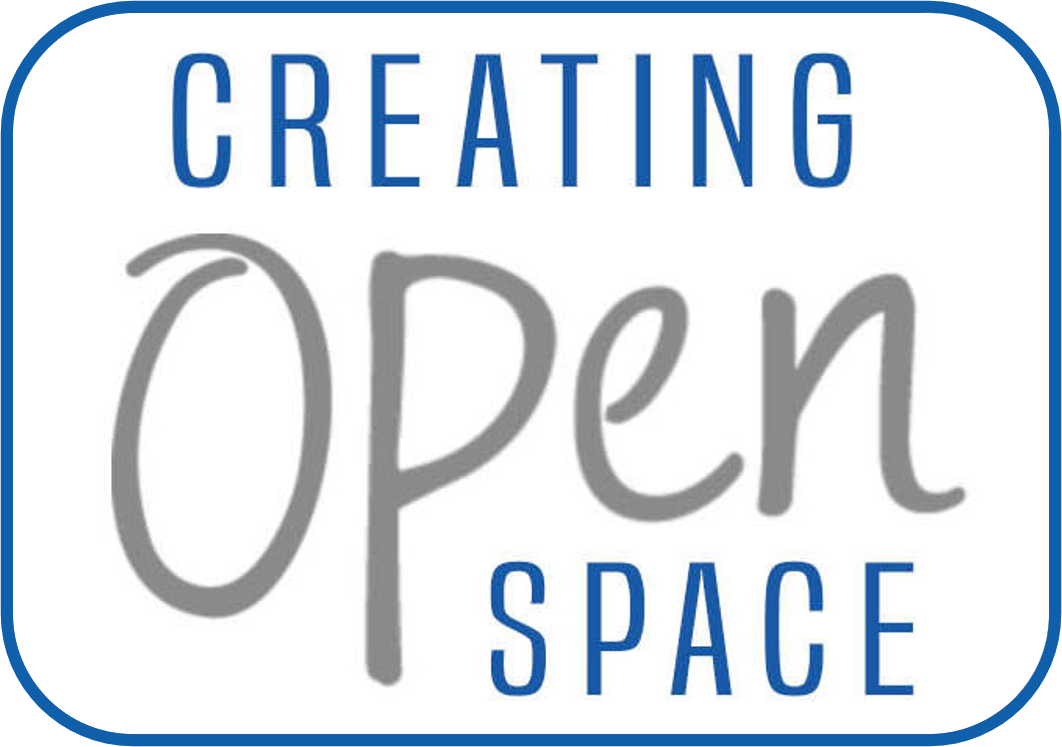Self-Authoring
Earlier this year I wrote an article on “Engagement – Turned Inside Out.” I’ve now spoken to this concept at multiple events, each time prompting sincere energy and interest in the “inside out” approach.[To recap: In February of this year, I served on a panel at a leadership convention. The topic we were asked to speak to was the all-too-familiar one of employee engagement. My fellow panelists (Douglas Glenn, a Director at the U.S. Department of Interior, and Robert Goldenkoff, a Director at the U.S. Government Accountability Office) superbly addressed the impact of leadership and of strategic organizational initiatives to boost employee engagement, so I spoke to a different path – engagement from the inside, out.]
The burning question among audience members is, “How? How can we engage our staff from the inside out?” I chuckle a little and give them the answer they don’t want to hear -- “You can’t because if engagement comes from the inside, then it’s not about what you do for your staff, it’s about what they can do for themselves.” Silence. Now they’re stumped. Ready for the punch line (aka, my soap box)? “You can, however, create space for it to happen.” How does one create space for engagement from the inside? There are a number of ways you can create this space, and the common element among them is the invitation to author your own story. NPR recently posted an article on Jordan Peterson, a professor for the University of Toronto’s Department of Psychology, who has been studying the practice and impact of self-authoring for years. Language & the Pursuit of Happiness, by Chalmers Brothers, is all about self-authoring. The SOAR program, based on Chalmers’ work, puts employees in cohorts and peer groups to explore their own “stories” – the explanations they hold for everything happening to them and around them. SOAR creates space for individuals to notice the impact of their current story on their results (at home and at work) and to author a more powerful story. In my experience, there is always a more powerful story waiting to be written. How can you create space for yourself to take an honest and open look at the story you are living in? How do you create this space for others under your leadership? If these questions are relevant to you, let’s chat.
